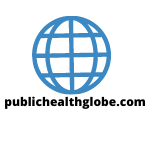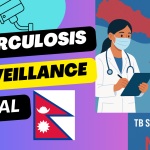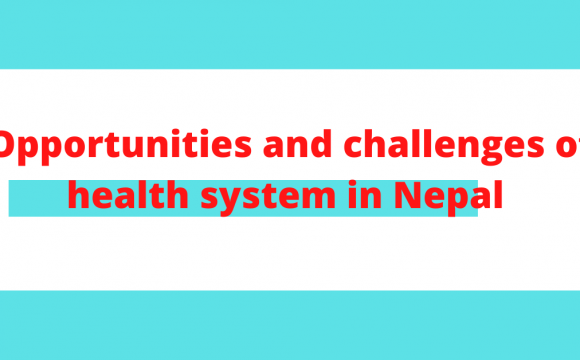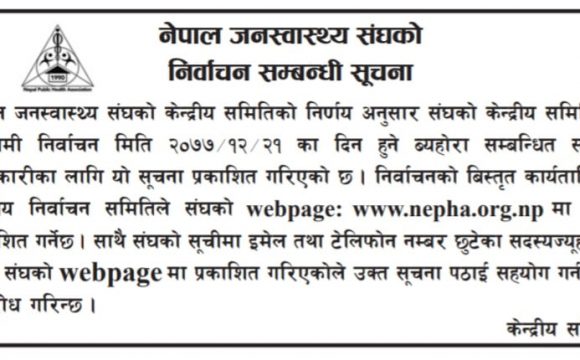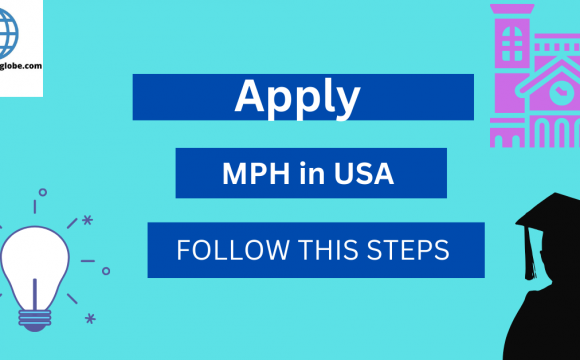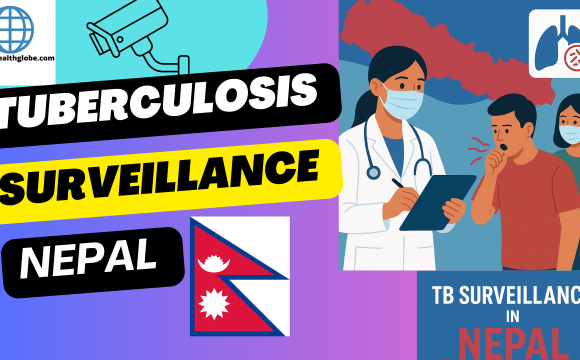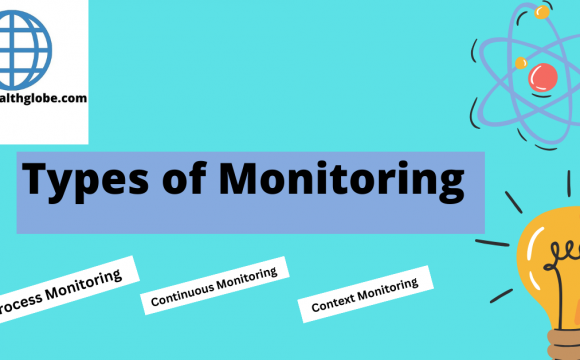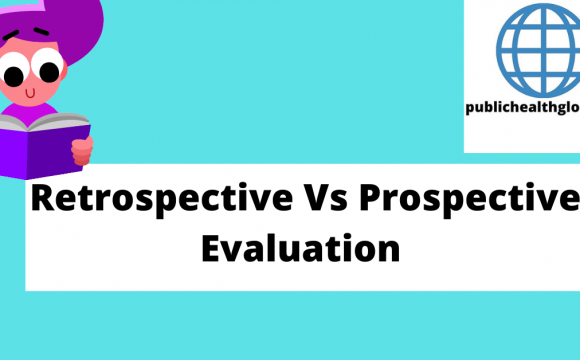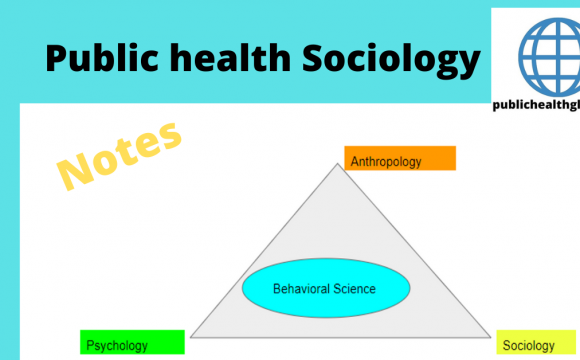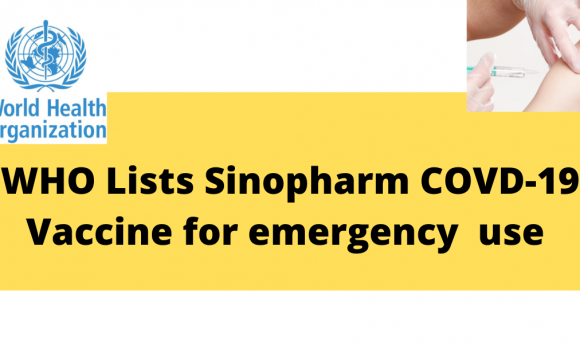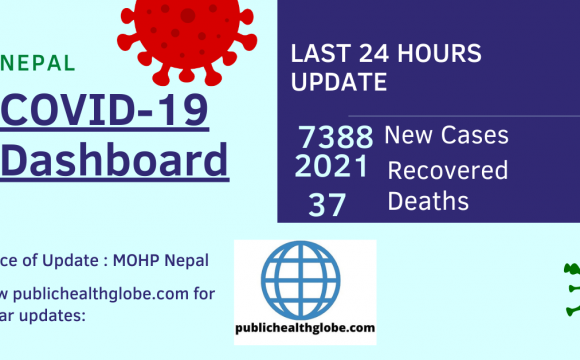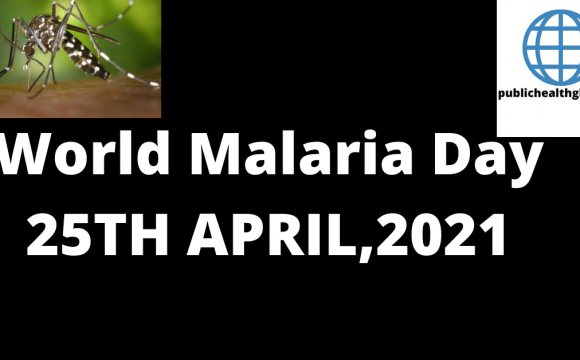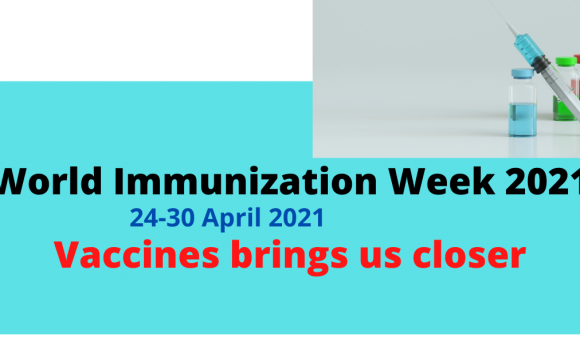The disparity in India’s public health environment is striking. The accomplishments of India’s public health system are impressive: the long-standing triumph over polio and the remarkable efficiency of swift COVID-19 vaccine distribution demonstrate that our country is capable of generating widespread awareness and reaching every individual. However, this success is overshadowed by a widespread failure. There is a heavy national investment in health visibility, like the Swachh Bharat and Jan Aushadhi programs. The role of media in spreading awareness about Non-communicable (NCD) diseases, maternal health is hard to ignore. Despite this, India is battling with a silent epidemic where health outcomes remain unsatisfactory. Many people know they have a particular NCD like diabetes, hypertension, or obesity but there’s delayed health seeking, low treatment-adherence, and poor management of lifestyle. This huge gap between knowing and doing suggests that mere awareness is not sufficient. The link to bridge this gap is Health Literacy, the crucial skill set which, according to WHO, means being able to access, understand, appraise, and use information and services in ways that promote and maintain good health and well-being.
What does Health Literacy really mean?
We often assume that if a person sees or listens to a health-related message, they understand it. Well, this assumption is fundamentally flawed. Health Literacy is far more complex. It’s not just about being able to read or understand the message or information, but it is more about whether people are able to apply that knowledge in real life, and to what extent they apply it.
Consider this: A public health campaign is creating awareness about hypertension being a dangerous disease. Health Literacy is a skillset that will allow a person to –
- Know government-authorized centres where screening and treatment for HTN will be done.
- Understand the difference between low, normal, and elevated blood pressure.
- Be able to differentiate between a doctor’s advice and any homemade remedies suggested by people or the WhatsApp universe.
- Apply this knowledge in routine life and make necessary lifestyle changes, manage appointments with specialist doctors, and take proper medications.
Without this understanding, it becomes hard to translate awareness into preventive and self-management behaviours.
The awareness and action gap in day-to-day life
Mental health
Nowadays, awareness around mental health has increased exponentially, thanks to celebrities and social media. This is a remarkable success. But, when an individual seeks help, the health literacy gap is noticeable. For starters, people don’t know the basic symptoms of mental illness, they can’t differentiate between psychiatrist and psych (Sindhu Monica 2021)ologist, and there is no treatment adherence.
In a study (Awareness and attitudes towards common mental health problems of community members in Udupi Taluk, Karnataka: a mixed-method study, Sindhu Monica 2021, Sindhu Monica 2021) mixed-method study was done in Udupi, Karnataka to measure awareness and assess attitudes of people towards mental health problems. It was observed that the maximum people preferred physicians and psychiatrists for mental illnesses. While this study does not measure whether people can distinguish between psychiatrists and psychologists but the fact that they prefer physicians and psychiatrists shows unawareness about a completely different set of mental health professionals.
Preventive care and diagnostics
While many are aware of the regular health checkups that should be done, many lack the systemic literacy for it. Many are not able to interpret the test results on their own and may struggle to understand them even after explanation from healthcare providers. Moreover, people are hesitant to ask questions about the results and are unsure of the further steps regarding the treatment. This shows the poor health literacy prevalent in the community.
Barriers to Health Literacy in India
India’s health literacy is deeply rooted in its cultural and societal norms.
Language divide: India’s healthcare system mostly operates in English or highly professional Hindi. This creates an immediate barrier for people who can’t understand either of these languages. Moreover, a cultural preference to traditional healers can motivate people to override the instructions given by healthcare providers.
The doctor-patient relationship dynamic: In India, the doctor is often seen as an unquestionable authority. This causes a power imbalance, and patients, especially from rural or tribal backgrounds, are hesitant to ask questions and ask for further clarification if required. This causes non adherence to the treatment.
The digital web of misinformation: Smartphones, social media, and the internet have made access to information extremely easy. But with information comes misinformation. People with low health literacy struggle to find reliable sources of health information. They can’t differentiate between credible information and false WhatsApp forwards or social media posts. This can lead to delayed care seeking, questionable home remedies, etc.
Path Forward
Improving Health Literacy in India requires policy shifts and considering it as a mainstream project rather than a side task.
Mandate clear communication: All healthcare providers, from doctors to pharmacists, must be trained to speak in native languages and must communicate with patients inthe simplest way possible. The prescriptions should be written in a readable format or printed with instructions in local languages.
Appoint frontline workers as HL advocates: Frontline workers like ASHA and Anganwadi staff should be trained to teach people and facilitate community-level discussions on HL. They are the ones who work with the most vulnerable populations, and their work should be expanded from just distributing supplements and conveying messages to facilitate understanding.
Integrate HL in school curriculum: Introducing basic health education, nutrition, and ways to maintain health can contribute a long way. Children should be taught to differentiate between true and false information. This will help them manage lifestyle disorders from a very young age.
Call for Action
Health literacy is the most effective long-term public health investment. Without parallel efforts to strengthen HL, even the most effective and well-funded awareness campaigns will fail to translate into behavioural change, resulting in economic losses for the country.
It’s time that healthcare providers, policymakers, government, and media realise that India needs a future where every Indian can confidently understand, manag,e and act on the health information. This can only happen when we make Health literacy a public health priority.
References
- https://www.who.int/teams/health-promotion/enhanced-wellbeing/ninth-global-conference/health-literacy
- Sindhu, Monica; Phadnis, Sameer; Chouhan, Zakariya; and Saraswat, Pallavi, “Awareness and attitudes towards common mental health problems of community members in Udupi Taluk, Karnataka: A mixed method study” (2021). Open Access archive. 2976.
https://impressions.manipal.edu/open-access-archive/2976
